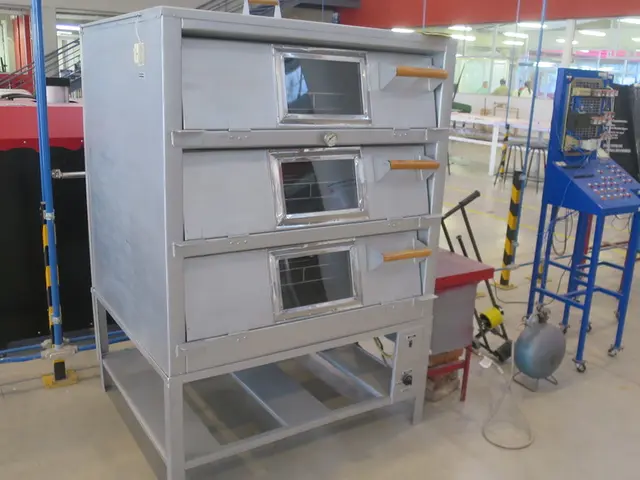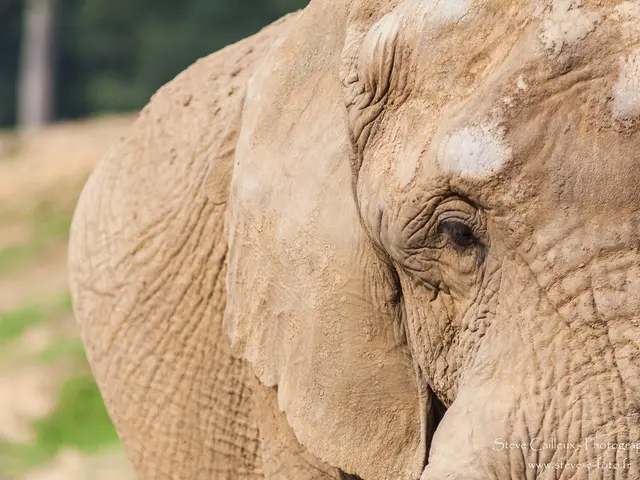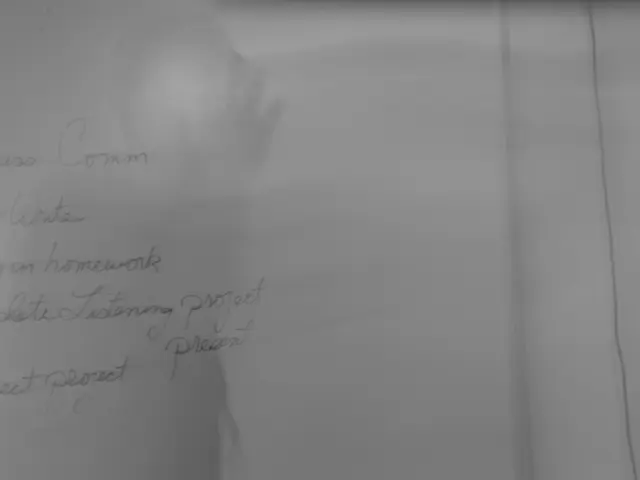Trump's Proposed Executive Order Aims at Integrating Artificial Intelligence into K-12 Schooling
Crafting the Future: Redefining Classrooms with AI
Schools across America are fighting to secure basic resources like pencils, while the new education secretary pushes for the federal government to back off education - except in cases where universities limit free speech. But, when it comes to AI, things are different. A new draft executive order is all set to prioritize AI in classrooms, steering federal funds towards nurturing AI literacy amongst students and teachers.
Titled "Advancing AI Education for the Youth," this order recognizes AI as the driving force behind innovation, enhancing productivity, and transforming how we live and work. The goal? To ensure the United States remains at the forefront of this technological revolution, providing our youth with opportunities to develop the skills needed to utilize and create the next generation of AI technology.
This move could be a direct response to China, which recently announced plans to revolutionize classrooms by integrating AI applications into textbooks and the teaching curriculum. The fierce competition between these nations aims to secure their position in the artificial intelligence space, with China aiming to surpass the United States as the global hegemon.
To achieve this, a White House task force on AI education will be established, comprising members from the technology sector such as Michael Kratsios, the director of the Office of Science and Technology Policy, and Trump's advisor on crypto and AI, David Sacks.
The draft order encourages federal agencies to forge public-private partnerships with industry, academia, and nonprofit groups to teach students foundational AI literacy and critical thinking skills. Agencies are also instructed to prioritize funding for AI education and provide grants for training teachers on how to effectively use AI in classrooms. All educators should undergo professional development to integrate AI into all subject areas.
It's ironic that AI and critical thinking find themselves in the same sentence, as they seem to contradict each other. A study by Microsoft and Carnegie Mellon University discovered that those who trusted AI assistants most, thought less critically about their conclusions. There's a growing concern that new programmers are simply accepting answers from coding bots, compromising their understanding of the fundamental concepts necessary for debugging problems and devising better solutions.
While AI has the potential to significantly benefit students, such as helping them navigate through large amounts of data or translating old works into English, skepticism persists. With many schools struggling to understand AI models and the risks of misuse, it remains to be seen how effectively AI will be implemented, particularly in under-resourced schools. Even educators grappling with maintaining student attention face challenges when they consider integrating AI into the curriculum.
Education Secretary Linda McMahon recently found herself the subject of ridicule after confusing artificial intelligence with "A1" steak sauce - reflecting the disconnect between AI education and its practical implementation in schools.
Key Highlights:
- A White House task force will be established to coordinate AI education initiatives across federal agencies.
- Federal grants will be prioritized for teacher training in AI and education reform.
- Public-private partnerships will be created to teach students foundational AI literacy and critical thinking skills.
- Registered apprenticeship programs in AI-related fields will be developed by the Department of Labor.
- A "Presidential AI Challenge" will be created to encourage innovation and showcase students' skills.
Concerns about this initiative include skepticism regarding its motives, potential educational inequalities, the impact on teachers' roles, and the extent to which private sector involvement could influence educational content. These issues, along with the challenges in implementing AI equitably and effectively in schools, will continue to be debated as the initiative unfolds.
- Gizmodo reported on the new draft executive order, titled "Advancing AI Education for the Youth," which seeks to prioritize AI in classrooms, with the goal of ensuring the United States stays at the forefront of technological revolution, focusing on technology education and self-development.
- The White House task force on AI education, composed of members from the technology sector like Michael Kratsios and David Sacks, will work to forge public-private partnerships to teach students foundational AI literacy and critical thinking skills, as part of the push to redefine classrooms with AI.
- Amidst the debate over the motives, potential educational inequalities, and impact on teachers' roles, concerns also rise regarding the extent to which education and self-development through AI technology could be influenced by private sector involvement.






